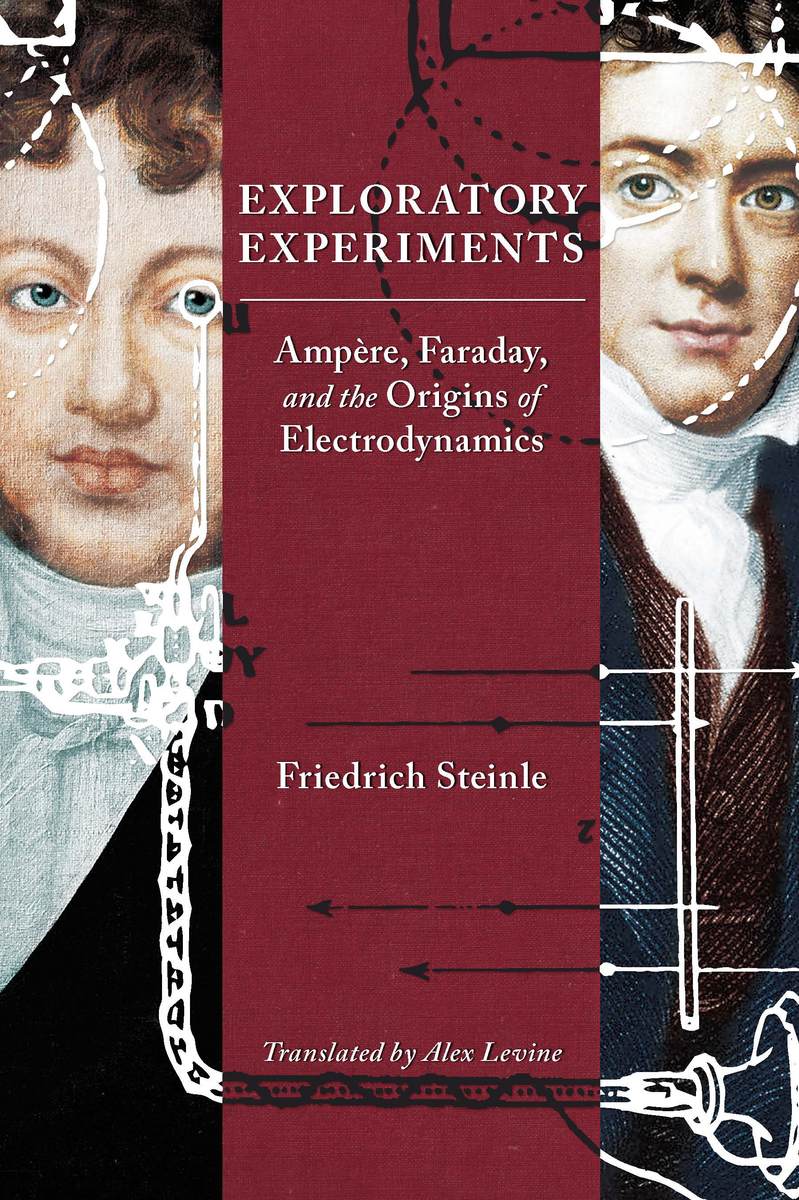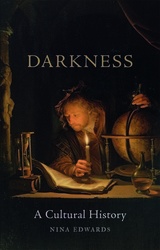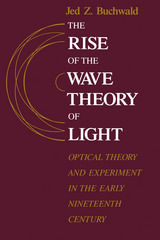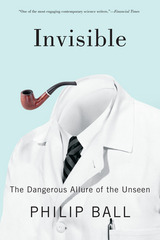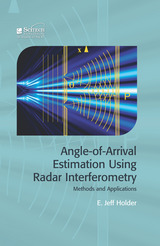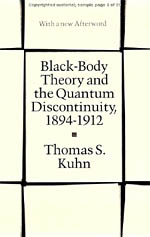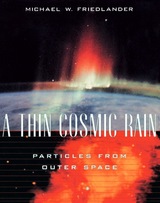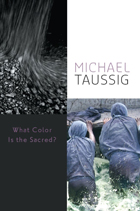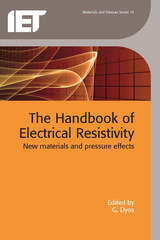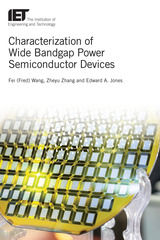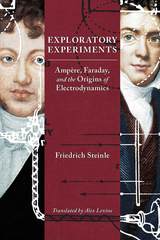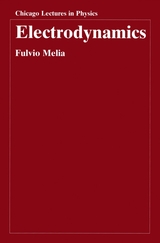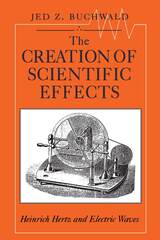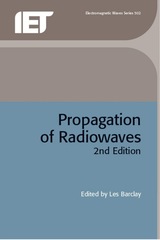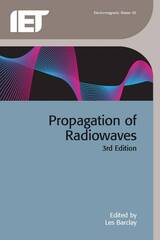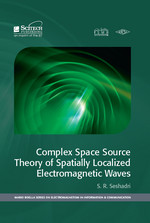Exploratory Experiments: Ampère, Faraday, and the Origins of Electrodynamics
University of Pittsburgh Press, 2016
Cloth: 978-0-8229-4450-8 | eISBN: 978-0-8229-8137-4
Library of Congress Classification QC630.5.S7413 2016
Dewey Decimal Classification 537.6
Cloth: 978-0-8229-4450-8 | eISBN: 978-0-8229-8137-4
Library of Congress Classification QC630.5.S7413 2016
Dewey Decimal Classification 537.6
ABOUT THIS BOOK | AUTHOR BIOGRAPHY | REVIEWS | TOC | REQUEST ACCESSIBLE FILE
ABOUT THIS BOOK
The nineteenth century was a formative period for electromagnetism and electrodynamics. Hans Christian Ørsted’s groundbreaking discovery of the interaction between electricity and magnetism in 1820 inspired a wave of research, led to the science of electrodynamics, and resulted in the development of electromagnetic theory. Remarkably, in response, André-Marie Ampère and Michael Faraday developed two incompatible, competing theories. Although their approaches and conceptual frameworks were fundamentally different, together their work launched a technological revolution—laying the foundation for our modern scientific understanding of electricity—and one of the most important debates in physics, between electrodynamic action-at-a-distance and field theories.
In this foundational study, Friedrich Steinle compares the influential work of Ampère and Faraday to reveal the prominent role of exploratory experimentation in the development of science. While this exploratory phase was responsible for decisive conceptual innovations, it has yet to be examined in such great detail. Focusing on Ampère’s and Faraday’s research practices, reconstructed from previously unknown archival materials, including laboratory notes, diaries, letters, and interactions with instrument makers, this book considers both the historic and epistemological basis of exploratory experimentation and its importance to scientific development.
Winner of the 2017 Ungar German Translations Award from the American Translators Association
In this foundational study, Friedrich Steinle compares the influential work of Ampère and Faraday to reveal the prominent role of exploratory experimentation in the development of science. While this exploratory phase was responsible for decisive conceptual innovations, it has yet to be examined in such great detail. Focusing on Ampère’s and Faraday’s research practices, reconstructed from previously unknown archival materials, including laboratory notes, diaries, letters, and interactions with instrument makers, this book considers both the historic and epistemological basis of exploratory experimentation and its importance to scientific development.
Winner of the 2017 Ungar German Translations Award from the American Translators Association
See other books on: 1791-1867 | Electrodynamics | Electromagnetism | Faraday, Michael | Origins
See other titles from University of Pittsburgh Press
